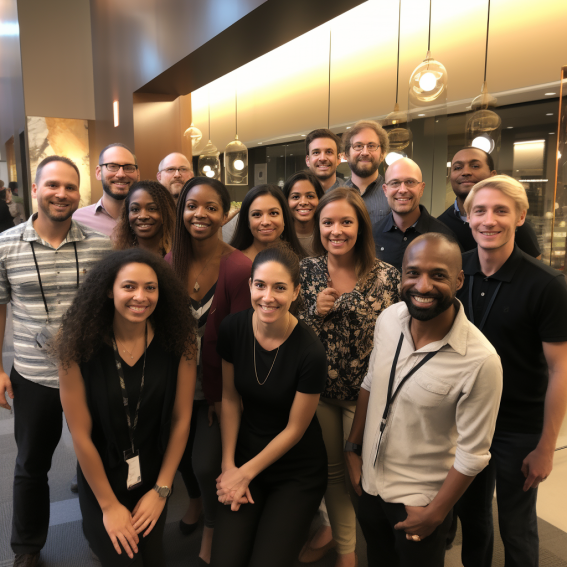The concept of “Tribes” in Agile projects is derived from the idea of creating a strong sense of unity, collaboration, and shared purpose within a group of individuals working together. In the context of Agile methodologies, a “tribe” refers to a group of people within an organization who come together with a common goal and shared values This concept aligns with the Agile principle of valuing individuals and interactions over processes and tools.
Here are key aspects of the concept of Tribes in Agile projects:
- Cross-Functional Teams:
- Agile Tribes are often organized as cross-functional teams, bringing together individuals with diverse skills necessary to deliver a complete product or solution.
- Each Tribe is self-sufficient and has all the skills needed to take a project from conception to delivery without relying on external teams.
- Shared Vision and Goals:
- Tribes share a common vision and goals that align with the overall objectives of the organization.
- The shared vision helps create a sense of purpose and direction, motivating team members to work collaboratively towards a common outcome.
- Autonomy and Empowerment:
- Agile Tribes are granted a significant degree of autonomy and empowerment to make decisions related to their work.
- Team members have the authority to make choices that best support the achievement of their goals, promoting a sense of ownership and responsibility.
- Frequent Communication:
- Effective communication is crucial within Agile Tribes. Team members engage in regular and open communication to share updates, discuss challenges, and coordinate their efforts.
- Frequent communication fosters a culture of transparency and collaboration, helping to align everyone within the Tribe.
- Collaboration Over Competition:
- The concept of Tribes emphasizes collaboration over internal competition. Team members work together to achieve shared objectives rather than competing against each other.
- Collaboration extends beyond individual teams, encouraging cooperation between Tribes and reducing silos within the organization.
- Adaptability and Flexibility:
- Agile Tribes embrace adaptability and flexibility in their approach to work. They are responsive to change and able to adjust their plans quickly based on feedback and evolving requirements.
- The focus is on delivering incremental value regularly and adapting to emerging priorities.
- Leadership and Support:
- Tribal leaders play a crucial role in providing support, guidance, and removing obstacles for the team.
- Leadership within the Tribe is often distributed, with team members taking on various leadership roles based on their expertise and the needs of the project.
- Continuous Improvement:
- Agile Tribes emphasize continuous improvement, both at the individual and team levels. They regularly reflect on their processes and outcomes, seeking ways to enhance efficiency and effectiveness.
- Continuous improvement is ingrained in the culture, promoting a mindset of learning and adaptability.
- Celebration of Success:
- Successes, achievements, and milestones are celebrated within Agile Tribes. Recognition and acknowledgment contribute to a positive team culture and motivate team members.
- Celebrating success reinforces the sense of accomplishment and builds camaraderie within the Tribe.
- Sense of Belonging:
- The concept of Tribes aims to create a strong sense of belonging among team members. Individuals feel connected to the Tribe, share a common identity, and are proud to be part of the collaborative effort.
- Rituals, traditions, or ceremonies may be established within the Tribe to strengthen the sense of community.
In summary, the concept of Tribes in Agile projects is about creating cohesive, collaborative, and empowered teams that work together towards common goals while embracing agility, adaptability, and continuous improvement. The emphasis is on people, their interactions, and the ability to respond to change, aligning with Agile principles and values.




